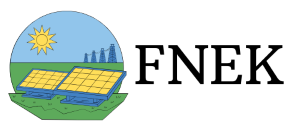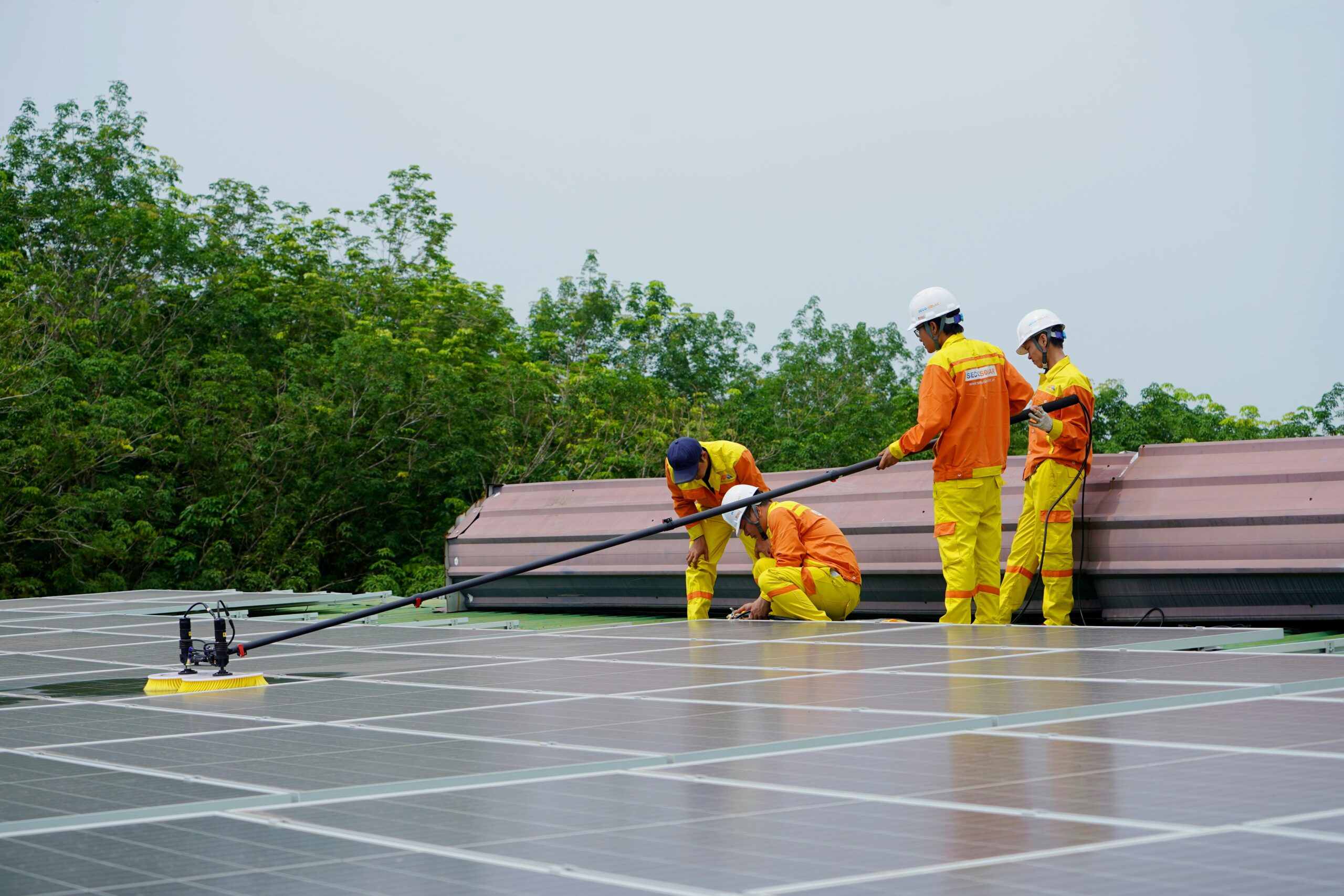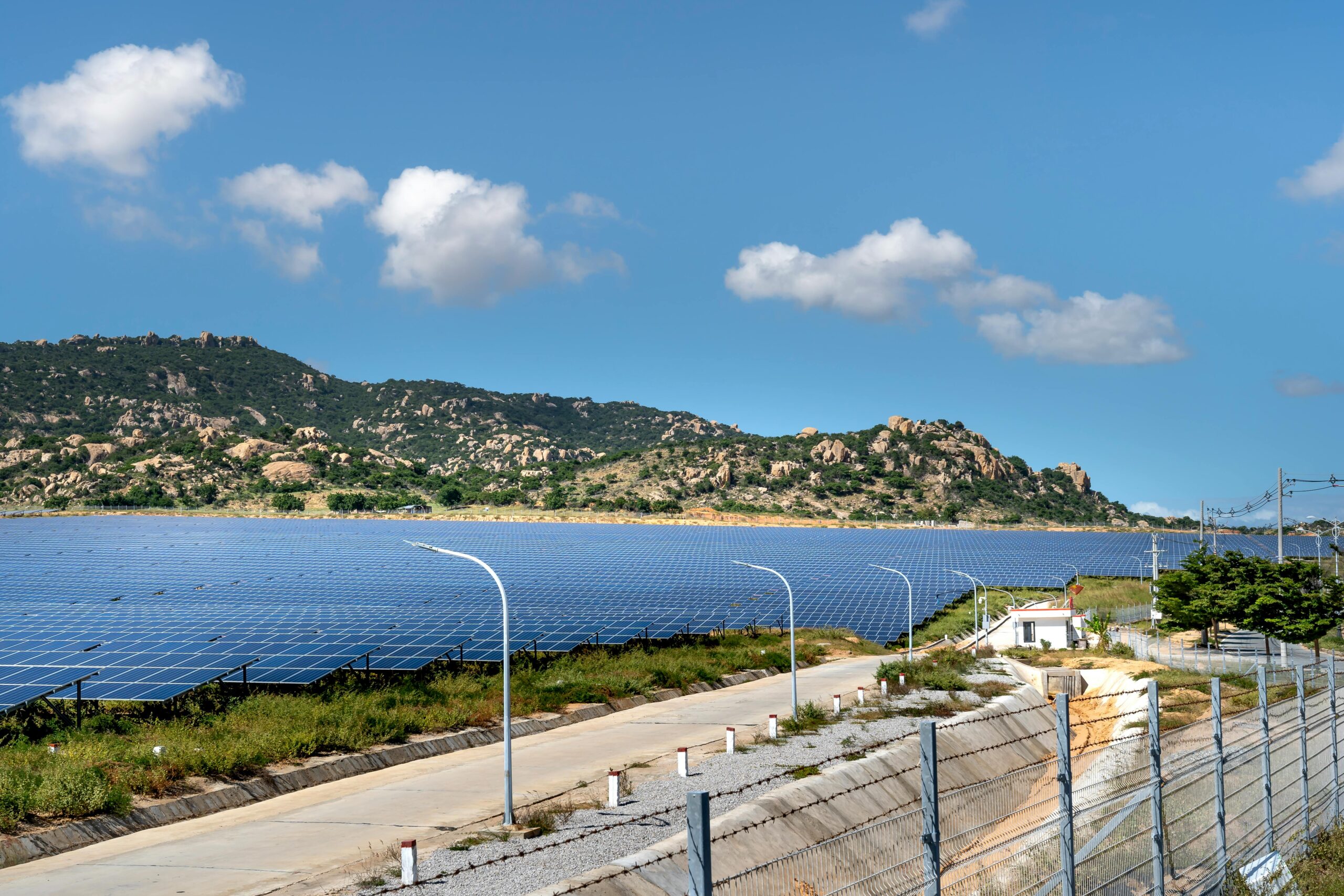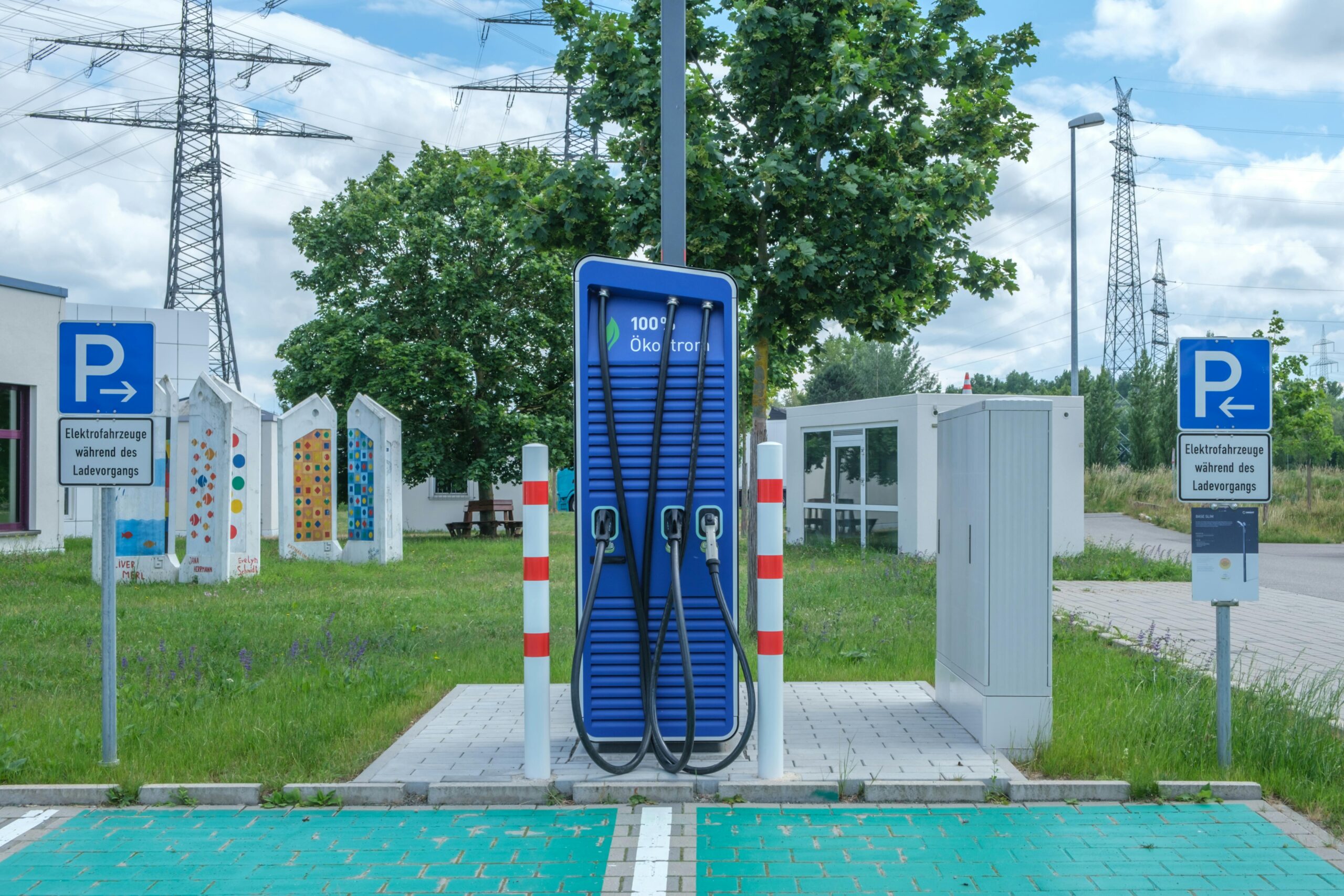Solar energy is one of the fastest-growing sources of renewable power, driven by consistent improvements in solar panel technology and efficiency. These innovations are focused on reducing energy costs, improving power output, and expanding the versatility of solar applications. Here’s a look at some of the major advances currently reshaping the solar industry.
1. High-Efficiency Photovoltaic (PV) Cells
Silicon-based photovoltaic (PV) cells have long been the industry standard, but new types of cells are boosting efficiency significantly. Techniques like passivated emitter rear contact (PERC) technology are allowing standard commercial solar panels to achieve over 22% efficiency. This added efficiency is achieved by reflecting unused light back into the cells, optimizing sunlight capture. Additionally, perovskite solar cells, which have a unique crystalline structure, are showing efficiencies that can exceed 25% while being cheaper to manufacture than traditional cells. As these cells become more refined, they represent a promising step forward for solar technology.
2. Bifacial Solar Panels
Bifacial solar panels, capable of capturing sunlight from both sides, have gained popularity for their ability to boost energy output by up to 30%. These panels make use of reflected light from surfaces like snow or water, making them ideal for environments with high albedo. Their versatile design suits both large-scale solar farms and rooftop installations, proving particularly effective in reflective and high-sunlight regions.
3. Solar Tracking Systems
Solar tracking systems significantly increase panel efficiency by adjusting their angle to follow the sun. Single-axis trackers adjust horizontally, while dual-axis trackers provide both horizontal and vertical adjustments, capturing more sunlight throughout the day. Dual-axis tracking can boost energy output by 35–45% compared to stationary systems. As these tracking systems become more affordable, they are increasingly used in large solar farms, especially in high-irradiance areas.
4. Transparent and Flexible Solar Panels
Transparent solar panels, which can be integrated into windows and devices like car sunroofs, are an exciting area of development. These panels capture specific wavelengths of sunlight while allowing visible light to pass through, enabling new uses in everyday items. Flexible solar panels, produced using thin-film technology, offer lightweight solutions for curved surfaces such as vehicles and tents. Though less efficient than standard panels, ongoing research is closing the efficiency gap, potentially transforming how solar power is integrated into our lives.
5. Advanced Energy Storage Solutions
A key challenge of solar energy is its dependency on sunlight. New advancements in storage technologies, such as lithium-ion and solid-state batteries, are helping to address this issue. Solid-state batteries, for instance, are more compact, durable, and heat-resistant, making them ideal for storing solar energy for consistent power supply. Improved storage solutions mean solar power can be used around the clock, increasing its reliability for both residential and commercial users.
6. Floating Solar Farms (Floatovoltaics)
To overcome space limitations, floating solar farms are becoming more common. Known as “floatovoltaics,” these installations are placed on water bodies like reservoirs and lakes, saving valuable land and reducing water evaporation by shading the water surface. Leading adopters include countries with dense populations, such as Japan and India. Floating solar farms also benefit from water cooling, which enhances the efficiency of the panels.
7. Artificial Intelligence and Predictive Analytics
Artificial intelligence (AI) is now playing a role in solar energy systems by optimizing performance and maintenance. AI analyzes real-time data on weather, sunlight, and performance history to predict energy output and detect issues early. This allows for predictive maintenance, reducing downtime and helping systems operate at maximum efficiency. AI’s integration in solar farms is especially beneficial in large-scale installations where constant monitoring maximizes energy generation.
Conclusion
The solar industry continues to evolve, with innovations making solar energy more efficient, versatile, and cost-effective. Advances in PV cell efficiency, bifacial and transparent panels, and storage solutions are all critical steps in moving toward a sustainable, solar-powered future. With these developments, solar energy is positioned to become an increasingly integral part of a global transition away from fossil fuels and toward a climate-resilient energy landscape.








Leave a Comment